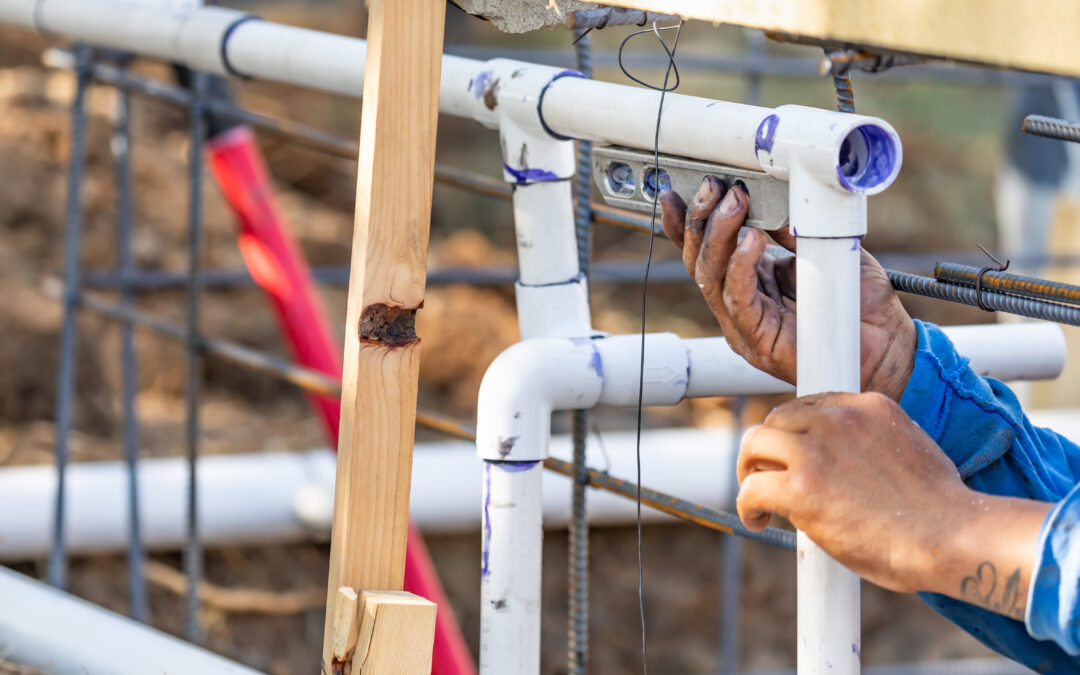A high-quality and efficient plumbing system significantly contributes to the comfort and functionality of any home. One critical factor that homeowners need to consider when evaluating the effectiveness of their plumbing system is the type of pipes used. With numerous pipe materials available on the market, it is essential to understand the benefits, drawbacks, and best applications of each type to make an informed decision. At Shoreway Plumbing, your local Menlo Park, CA plumbing expert, we believe in educating our clients to help them make the right choices for their unique needs. In this article, we will decode the different types of plumbing pipes and shed light on which one might be the best fit for your home.
Selecting the right type of pipe for your plumbing system is crucial as it directly impacts the longevity, efficiency, and maintenance requirements of your system. Factors such as water quality, climate conditions, and local building codes can influence which pipe material is the most suitable for your particular needs. Understanding the characteristics of each type of pipe will help you discern which option is best suited for your home and can potentially save you time and money in the long run.
1. Copper Pipes: Traditional Choice with a Long History of Reliability
Copper pipes have been a popular choice for plumbing systems for decades, and for good reasons. They offer numerous advantages, such as:
– Longevity: Copper pipes are known for their durability and can last for up to 50 years with proper maintenance.
– Corrosion-resistant: Copper is resistant to corrosion, which is essential for maintaining water quality and preventing leaks.
– High water pressure tolerance: Copper pipes can withstand high water pressure, making them suitable for both hot and cold water systems.
However, copper pipes also have a few downsides:
– Cost: Copper is a valuable resource, and therefore, these pipes can be more expensive compared to other materials.
– Installation challenges: Copper pipes typically require soldering, which may demand a skilled plumber to ensure a proper installation.
2. PEX (Cross-Linked Polyethylene) Pipes: Flexible and Easy to Install
PEX pipes have gained popularity in recent years due to their flexibility, ease of installation, and cost-effectiveness. Some of their advantages include:
– Flexibility: PEX pipes can be bent around corners, reducing the need for additional fittings and minimizing the potential for leaks.
– Easy installation: PEX pipes can be easily connected with push-fit fittings, eliminating the need for soldering.
– Lower cost: PEX pipes are generally more affordable than copper pipes.
However, there are a few drawbacks to using PEX pipes:
– UV sensitivity: PEX pipes can become damaged if exposed to direct sunlight for extended periods.
– Not suitable for outdoor use: Due to their sensitivity to UV light, PEX pipes are not recommended for outdoor applications.
3. PVC (Polyvinyl Chloride) Pipes: Affordable and Ideal for Various Applications
PVC pipes are a common choice for plumbing systems, especially in drain, waste, and vent applications. They offer several benefits, such as:
– Affordability: PVC pipes are usually more cost-effective compared to other materials like copper.
– Easy installation: PVC pipes can be connected using solvent cement, making installation less complex.
– Resistance to corrosion: Unlike metal pipes, PVC pipes are immune to corrosion, which helps maintain water quality and prolongs the pipes’ lifespan.
However, PVC pipes do have some drawbacks:
– Not suitable for hot water: PVC pipes have a low heat tolerance and can warp or degrade when used in hot water systems.
– Lower pressure tolerance: PVC pipes may not be suitable for high-pressure applications, such as the main water line.
4. Galvanized Steel Pipes: Durable but Potentially Prone to Rust and Scaling
Galvanized steel pipes are made from steel coated with a layer of zinc to protect against corrosion. Although less commonly used today, galvanized steel pipes can still be found in older homes. They offer some advantages:
– Durability: Galvanized steel pipes can withstand harsh conditions and are known for their strength and longevity.
– Load-bearing capacity: Due to their strength, galvanized steel pipes are suitable for load-bearing applications, such as supporting fixtures and devices.
However, there are several disadvantages to using galvanized steel pipes:
– Corrosion: Although the zinc coating provides protection, it can eventually wear off and leave the pipes vulnerable to rust and corrosion.
– Scaling: Mineral deposits can build up inside the pipes over time, restricting water flow and potentially causing clogs.
Conclusion
Each type of plumbing pipe has its unique characteristics, benefits, and drawbacks. When selecting the right pipe material for your home, consider factors such as water quality, climate conditions, and local building codes. It’s crucial to choose the appropriate material that meets your specific needs while providing durability, efficiency, and ease of maintenance.
Whether you’re looking to repair, upgrade, or install a new plumbing system, consulting with a professional plumber can help you make the best decision for your home. At Shoreway Plumbing, we’re equipped with the knowledge and experience to guide you through your plumbing choices in Menlo Park, CA and surrounding areas.
Ready to find the perfect plumbing solution for your home? Contact the expert plumbers at Shoreway Plumbing today for professional advice and top-notch services. Visit our website to learn more about our range of plumbing services.

